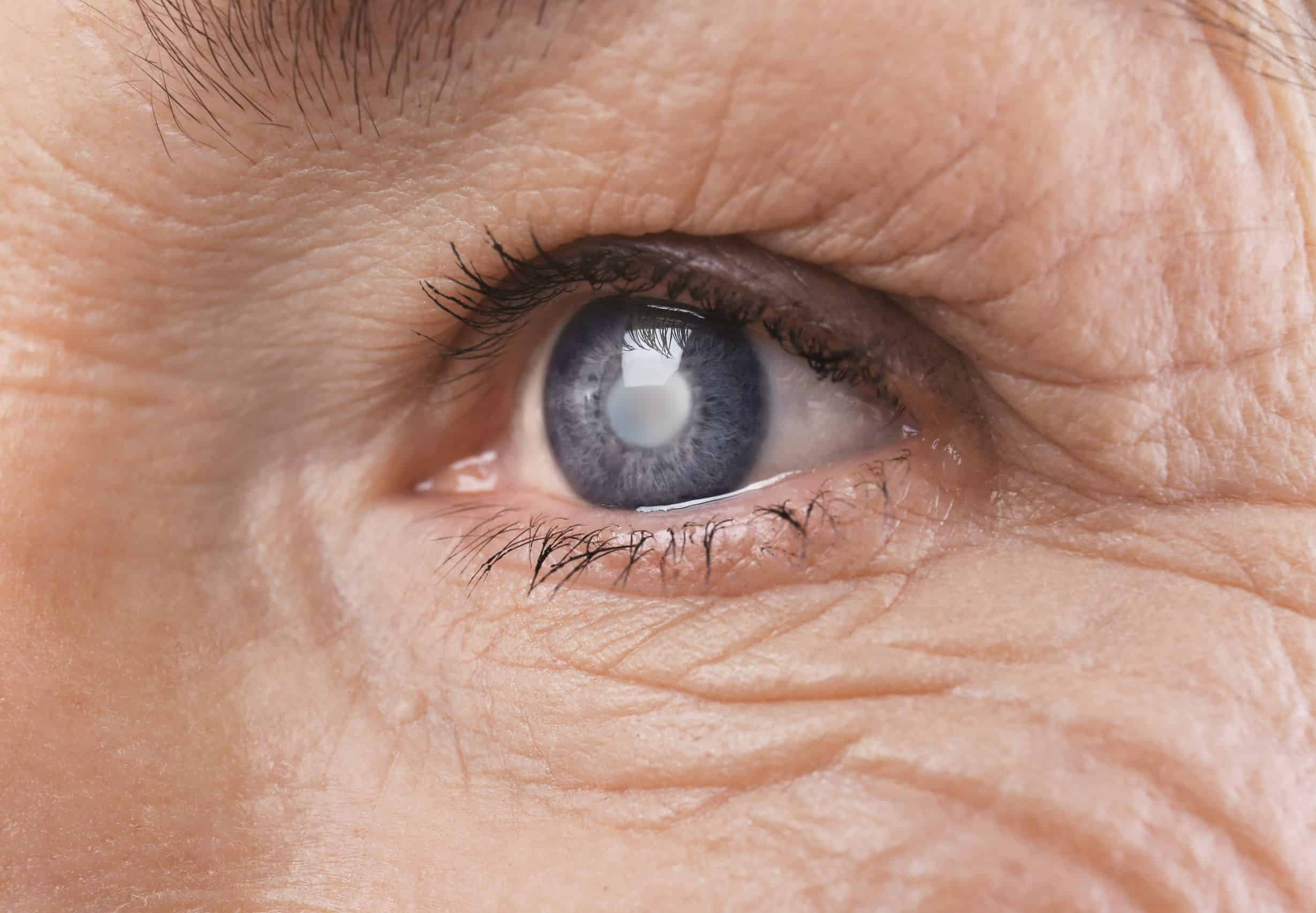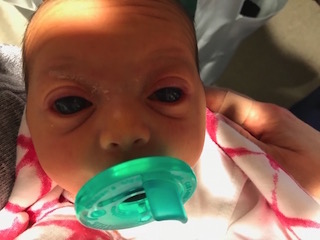acute glaucoma in babies
Developmental glaucoma is a type of glaucoma that occurs in babies young children and teenagers. Its a type of glaucoma a group of diseases in which high fluid pressure in your eye damages the optic nerve.

Glaucoma Information Congenital Glaucoma Glaucoma Information
Treatment may include medicines andor surgery.

. Childhood glaucoma is rare. It is a less common type of glaucoma in which the optic nerve is damaged although the pressure in the eye is at a normal level. Redness in the sclera the white part of the eye sensitivity to light.
This disorder is considered primary because it is not caused by another disorder such as Sturge-Weber syndrome Sturge-Weber Syndrome Sturge-Weber syndrome involves an abnormal growth of small blood vessels. Glaucoma affects approximately 1 in 2000 children. Its signs and symptoms are usually different than adult glaucoma.
Glaucoma refers to a group of eye diseases in which fluid builds up in the eye creating pressure that damages the optic nerve and leads to vision loss. Unfortunately many of the tools used to diagnose glaucoma in adults may fail to detect the. A lot of blinking.
In contrast primary open-angle glaucoma often occurs in an otherwise healthy adult. It affects children between birth and 3 years. Pediatric glaucoma is sometimes associated with systemic disease in children.
IOP in children of school age resembles that of adults. Juvenile open-angle glaucoma which affects people between the ages. Low-tension or normal-tension glaucoma.
The baby will present intense photophobia. Glaucoma may occur in babies due to abnormal development of the internal drainage system of the eye. Glaucoma in older children greater than 2 years old and adolescents is similar to glaucoma in adults.
Infantile glaucoma can cause complete blindness if left untreated. Glaucoma in children of all ages is rare unlike adult open angle chronic glaucoma which is relatively common. The most common glaucoma in babies and small children.
While glaucoma is a concern of older people it can affect younger people too. A dull or cloudy eye. Early-onset glaucoma is the term used when glaucoma appears in someone younger than 40.
A child can either be born with glaucoma or develop it later. Also called acute glaucoma or narrow-angle glaucoma this glaucoma type involves noticeable damage to the optic nerveIt is often a. Most children with glaucoma will have an IOP that is higher than 22 mm Hg.
It is characterized by a port-wine. Older children and teens may have. Can children get glaucoma.
Acute angle-closure glaucoma can damage your vision cause severe eye pain nausea vomiting and headache. Tears when not crying. Glaucoma in children older than two years is often secondary to other.
While glaucoma cant be cured early treatment can often control it. The signs and symptoms of pediatric glaucoma vary depending on the age of the child and on the acuteness and magnitude of the elevation in IOP. Like the most common form of glaucoma in adults primary open-angle glaucoma developmental glaucoma causes damage to the optic nerve due to higher-than-normal pressure inside the eye.
Developmental pediatric or childhood glaucoma usually refers to the latter developing after birth. As the fluid continues to build the pressure increases in the childs eye and causes damage to the optic nerve. Babies with glaucoma may have.
Glaucoma in children is not always a single disease that follows a predictable path. Developmental glaucoma can be primary meaning it occurs on. Developmental glaucoma signs and symptoms When glaucoma occurs in children intraocular pressure inside the eye is too high due to a build-up of fluid.
Although infants and children under the age of 2 often present with signs and symptoms related to rapid ocular expansion under. It occurs when the eye hasnt developed properly in the womb and this leads to issues with the flow of aqueous fluid out of the eye. This obstruction increases the intraocular pressure which if untreated damages the optic nerve.
If the fluid is unable to drain effectively it builds up inside the eye and causes the eye pressure to rise. Pediatric glaucoma is an eye disease that causes fluid to build up in the front part of a childs eye. From anatomic defects and genetic syndromes to neoplastic and infectious processes there are at least 100 pathologies that can include glaucoma in their presentation.
Classical cases present with enlarged eyes with a whitish-bluish cloudy appearance as the cornea becomes edematous due to the high IOP. In some cases a baby will be born with. Primary infantile glaucoma occurs in infants and young children and may affect only one eye or more often both eyes.
This damage can lead to peripheral side vision issues and blindness. In babies doctors might notice eye shape or size issues that are clues a child might have glaucoma. The cause of the condition is unknown.
Signs of glaucoma in babies also include unusually large eyes or excessive tearing. Primary infantile glaucoma is a rare developmental defect in the iridocorneal filtration angle of the anterior chamber that prevents aqueous fluid from properly draining from the eye.

Congenital Glaucoma An Overview Sciencedirect Topics

Childhood Congenital Glaucoma Glaucoma Associates Of Texas

Glaucoma Information Congenital Glaucoma Glaucoma Information

Childhood Glaucoma Glaucoma Org

Glaucoma Information Congenital Glaucoma Glaucoma Information
Congenital Glaucoma Europe American Academy Of Ophthalmology

Childhood Glaucoma Glaucoma Org

Rosh Review Itchy Eyes Allergy Eyes Itchy Eyes Remedy Allergies

5 Things About Glaucoma That May Surprise You Austin Eye
What Is Glaucoma Yourcareeverywhere
Sturge Weber Syndrome And Secondary Glaucoma American Academy Of Ophthalmology

Congenital Glaucoma An Overview Sciencedirect Topics

Severe Congenital Glaucoma In A Newborn Duke Health Referring Physicians

Cyp1b1 And Myoc Variants In Neonatal Onset Versus Infantile Onset Primary Congenital Glaucoma British Journal Of Ophthalmology

Leo 2 Weeks Post Surgery Boston Terrier Eye Surgery Post Surgery



